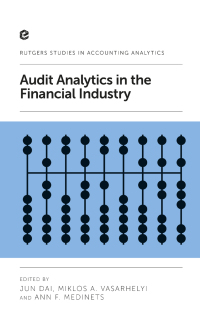Question
Which of the following is true? Question 57 options: A) Use footnotes and comments to explain your work when needed. B) Daisy chaining is an
Which of the following is true?
Question 57 options:
|
|
| ||
|
|
| ||
|
|
| ||
|
|
|
Statement of Cash Flows - which of the following is incorrect when using the indirect method?
Question 58 options:
|
|
| ||
|
|
| ||
|
|
| ||
|
|
| ||
|
|
|
Which of the following statements is incorrect?
Question 59 options:
|
|
| ||
|
|
| ||
|
|
| ||
|
|
|
What is a common-size income statement?
Question 60 options:
|
|
| ||
|
|
| ||
|
|
| ||
|
|
|
Step by Step Solution
There are 3 Steps involved in it
Step: 1

Get Instant Access to Expert-Tailored Solutions
See step-by-step solutions with expert insights and AI powered tools for academic success
Step: 2

Step: 3

Ace Your Homework with AI
Get the answers you need in no time with our AI-driven, step-by-step assistance
Get Started


